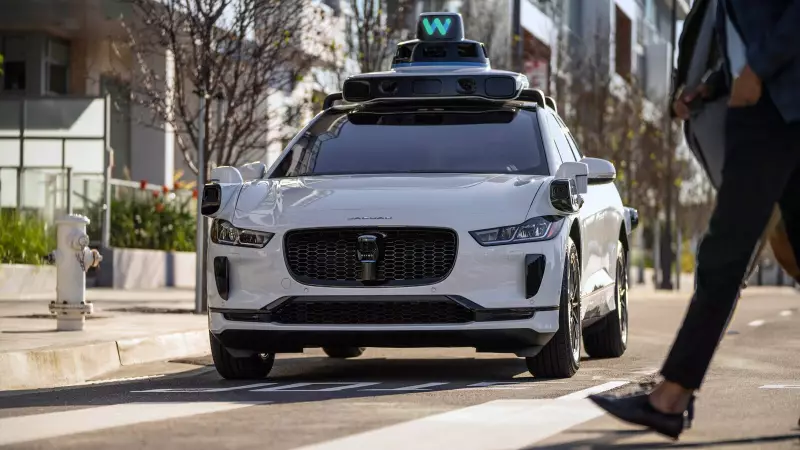
While Tesla's Full Self-Driving and Waymo's autonomous vehicles capture Western headlines, China is quietly executing the world's most ambitious robotaxi rollout. Three homegrown champions—Baidu, WeRide, and Pony.ai—are transforming urban mobility across the Middle Kingdom.
The Three Titans of Chinese Autonomy
China's autonomous vehicle landscape is dominated by three powerhouse companies, each with distinct strategies and substantial backing:
Baidu Apollo: The Tech Giant's Bet
Backed by China's search engine behemoth, Baidu Apollo has deployed over 500 robotaxis in Wuhan alone. The service covers remarkable 3,000 square kilometers and serves a population of over 5 million people. What's truly staggering? Baidu claims their Wuhan operation has achieved profitability—a milestone that continues to elude most Western autonomous vehicle companies.
WeRide: The All-Weather Performer
WeRide has taken a different approach, focusing on all-weather capability and diverse vehicle platforms. Their robotaxis navigate Guangzhou's complex urban environment with impressive reliability. The company's secret weapon? Strong backing from the Renault-Nissan-Mitsubishi Alliance, providing both capital and global automotive expertise.
Pony.ai: The Strategic Partnership Player
Pony.ai has mastered the art of strategic collaboration. Their partnership with Toyota isn't just about funding—it's about integrating autonomous technology into one of the world's largest automotive manufacturing ecosystems. This approach gives Pony.ai both manufacturing scale and global reach potential.
Why China Is Winning the Deployment Race
Several key factors explain China's rapid progress in commercial robotaxi deployment:
- Government Support: Unlike the regulatory hurdles facing US companies, Chinese AV operators benefit from supportive policies and streamlined approval processes
- Urban Density: China's densely populated cities provide ideal testing grounds with complex, real-world scenarios
- Manufacturing Muscle: Direct access to the world's largest EV supply chain accelerates vehicle production and modification
- Consumer Acceptance: Chinese consumers show remarkable willingness to adopt new mobility technologies
The American Response: Cautious vs. Aggressive
While China charges ahead, American approaches differ dramatically. Waymo maintains its safety-first, gradual expansion philosophy, focusing on perfecting the technology in limited markets. Tesla, meanwhile, bets on its vision-only, mass-data approach, collecting billions of real-world miles from customer-owned vehicles.
The critical difference? Chinese companies are operating commercial services at scale today, while most American efforts remain in testing or limited commercial phases.
What's Next in the Global Robotaxi Race?
- International Expansion: Chinese companies are eyeing Middle Eastern and European markets for their next growth phase
- Technology Convergence: Expect more partnerships between Chinese AI expertise and global automotive manufacturing
- Regulatory Evolution: As Chinese companies prove the technology, global regulations will need to adapt
- Profitability Pressure: The race will increasingly focus on which company can achieve sustainable unit economics first
The autonomous vehicle revolution is no longer a distant promise—it's happening right now on the streets of Chinese cities. While Western companies perfect their technology, Chinese operators are proving that scale, deployment, and commercial viability might be the real keys to winning the self-driving future.





